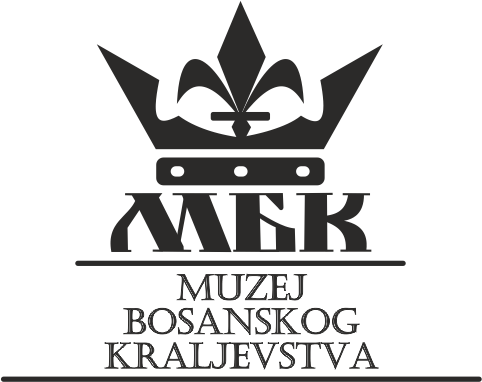Resa (14th century – after 1393) is the daughter of Duke Vukac Hrvatinić and the sister of the famous Bosnian magnate Hrvoje Vukčić Hrvatinić. In addition to Resa, Duke Vukac had two more daughters, Vučica and another one with an unknown name. According to historical sources, Resa appears only once, in 1393, as the wife of Tepčija Batalo Šantić. Namely, in the gospel of the Batalo tepčija, which was called Batalo’s Gospel after the man who ordered its writing, it is written that he was married to Resa, the daughter of Duke Vukac, whose brothers were “Bosnian duke”, “Bosnian prince” and “Croatian ban”. The “Bosnian duke” is certainly Hrvoje Vukčić Hrvatinić, the “Bosnian prince” should by all accounts be Dragiša Vukčić, while the “Croatian ban” is none other than Vuk Vukčić. There is no doubt that the name of the fourth son of Duke Vukac, Voislav, was omitted by mistake, as he probably died prior to this date. Having married Resa, Batalo Šantić received the county of Sana as his dowry, having previously held the county of Lašva with the town of Toričan.
In 1396, prefect (župan) of Sana was Vukac, who issued a charter to the Ragusans in the name of Hrvoje Vukčić Hrvatinić in the town of Kozara, which guaranteed the safety of their merchants. The mentioned Vukac was, in fact, Vuk, the son of Miloš Družić from Guča Gora in Lašva, who was responsible for managing Sana county on behalf of Tepčija Batalo. A charter of the King of Ostoja dated December 8, 1400 mentions Batalo for the last time, so it is assumed that he passed away soon afterwards. Her right to the county of Sana, which she gave as a dowry, would have been restored to her if she outlived her husband. From her marriage to Batalo Šantić, Resa gave birth to three sons, Vuk, Stjepan and Ostoja, who bore the surname Tepčić after their father’s title.
Bibliography:
- Ćošković, Pejo: “Hrvatinići (Horvatići, Stipančić Hrvatinić, Stipanići, Stjepanići), (velikaški rod)” in: Hrvatski biografski leksikon, V (Gn-H), Leksikografski zavod Miroslav Krleža, Zagreb, 2002, 725-739.
- Kliko, Amir: “Lašvanska vlastela Šantići”, in: Spomenica akademika Marka Šunjića (1927-1998), (ed. Dubravko Lovrenović), Filozofski fakultet u Sarajevu, Sarajevo, 2010, 257-284.
- Miklosich, Franz: Monumenta serbica historiam Serbiae Bosnae Ragusii, Apud Guilelmum Braumüller, Wiennae, 1858.
- Mrgić-Radojčić, Jelena: Donji Kraji. Krajina srednjovekovne Bosne, Filozofski fakultet u Beogradu-Filozofski fakultet u Banjaluci-Istorijski institut u Banjaluci, Beograd-Banja Luka, 2002.
- Stojanović, Ljubomir: “Jedan prilog k poznavanju bosanskijeh bogumila”, Starine 18, Zagreb, 1886, 230-232.
- Thallóczy, Ludwig von: Studien zur geschichte Bosniens und Serbiens in mittelalter, Duncker&Humblot, München-Leipzig, 1914.
- Truhelka, Ćiro: “Grobnica bosanskog tepčije Batala, obretena kod Gornjeg Turbeta (kotar Travnik)”, Glasnik Zemaljskog muzeja 3-4/17, Sarajevo, 1915, 365-374.
